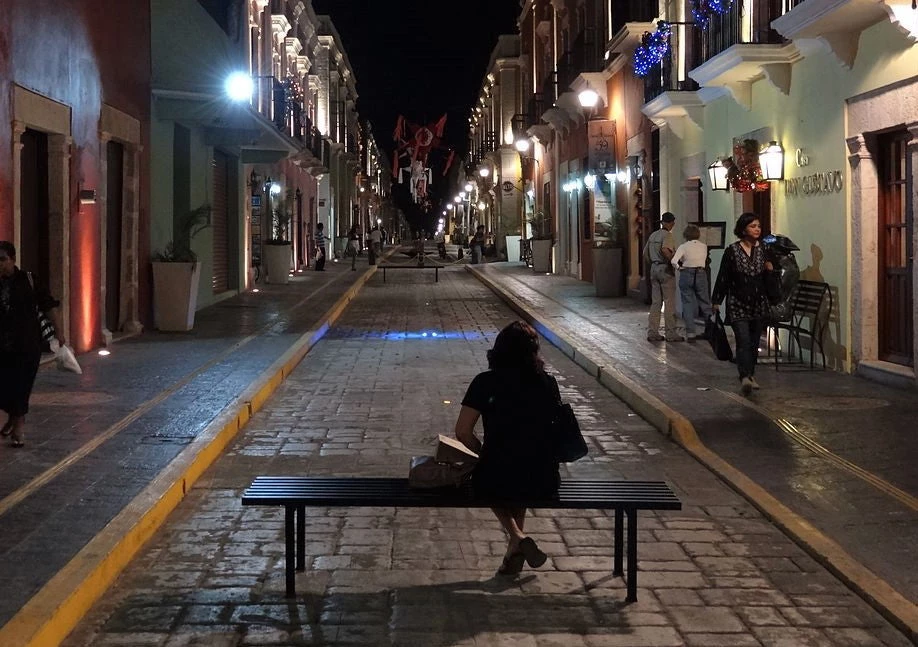
Investing in an energy-efficient street lighting system can be a game changer for municipalities.
On one hand, switching to modern street lighting schemes based on light-emitting diode (LED) technology presents an opportunity for city governments to lower energy consumption, operation and maintenance costs while reducing the overall carbon footprint.
At the same time, reliable bright street lighting can have a range of socio-economic benefits: well-lit streets make people feel safe and reduce accidents while boosting economic and social activity after sunset.
Given these benefits, switching from outdated systems to modern technology is a win-win solution for many municipalities worldwide, but high upfront costs can be a deterrent. Attracting private capital via Public-Private Partnerships (PPPs) can help municipalities raise the funds needed to implement clever street lighting systems that secure efficiency and high technical standards in the long run.
What are some key trends related to street lighting projects that are reflected on the PPPIRC site?
- A strong and supportive regulatory framework: A clear regulatory framework that facilitates and promotes private investment is an important factor to attract private finance. Examples are the policies and institutional initiatives to promote energy efficiency in India (e.g. Republic of India – Energy-Efficient Urban Street Lighting) or the National Public Lighting Program in Mexico, which aims to incentivize investment in street lighting systems. In Brazil, a very important element for the success of street lighting projects are the municipal regulations (e.g. the regulation for Belo Horizonte) that introduce a tax called “COSIP” (Contribuição para o Custeio do Serviço de Iluminação Publica) that is collected exclusively for the funding of public street lighting services and ensures a reliable source of revenue.
- Developing a customized model: Given the differences between municipalities there is no one-size-fits-all approach. Governments have developed and implemented a variety of business and financial models that are suited for their specific needs and markets (see ESMAP’s series of six case studies that analyses different LED public lighting programs or Lighting Brazilian Cities: Business Models for EE Street Lighting). Concepts that have emerged include different Energy Service Company (ESCO) models (e.g. shared savings model or the super-ESCO model that were developed for India) or leasing models (e.g. ESMAP’s case study for the lease-to-own delivery model developed for Guadalajara, Mexico). Large or medium-sized cities with good credit ratings may be able to attract private finance through more traditional PPP schemes where the private partner assumes more risks and responsibilities over the PPP contract life. Examples are the Highways Maintenance and Service PFI project for Birmingham, United Kingdom, the Concession for street lighting in Belo Horizonte, Brazil, or the DBFOM project for freeway lighting in Michigan, United States.
- Pooling of projects and joint procurement: To improve economy of scales and make smaller street lighting projects attractive for investors, countries are also considering pooling projects to create larger ones. Similarly, as ESMAP’s case study on the delivery model chosen to retrofit the public lighting system in Ontario, Canada points out, joint procurement can also allow municipalities to conduct competitive and transparent procurement in a cost-effective way while leaving it up to the individual municipality to chose between different financing models (e.g. ESCO or PPP model).
- Standardization: In order to reduce time and expenses for smaller lighting projects, some countries have developed standard contracts, standard contract clauses, or even full standard procurement packs for PPPs in street lighting. They include technical documents, output specifications, legal documents and model contracts (e.g. super-ESCO model developed for India, standard clauses developed for France and standard procurement packs in the United Kingdom or Germany).
Related links:
The Public-Private-Partnership in Infrastructure Resource Center (PPPIRC)
A tale of… cities
Eight steps to brightening Bhubaneswar



Join the Conversation